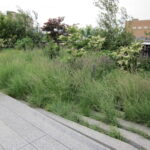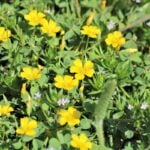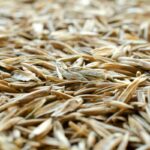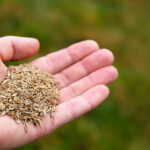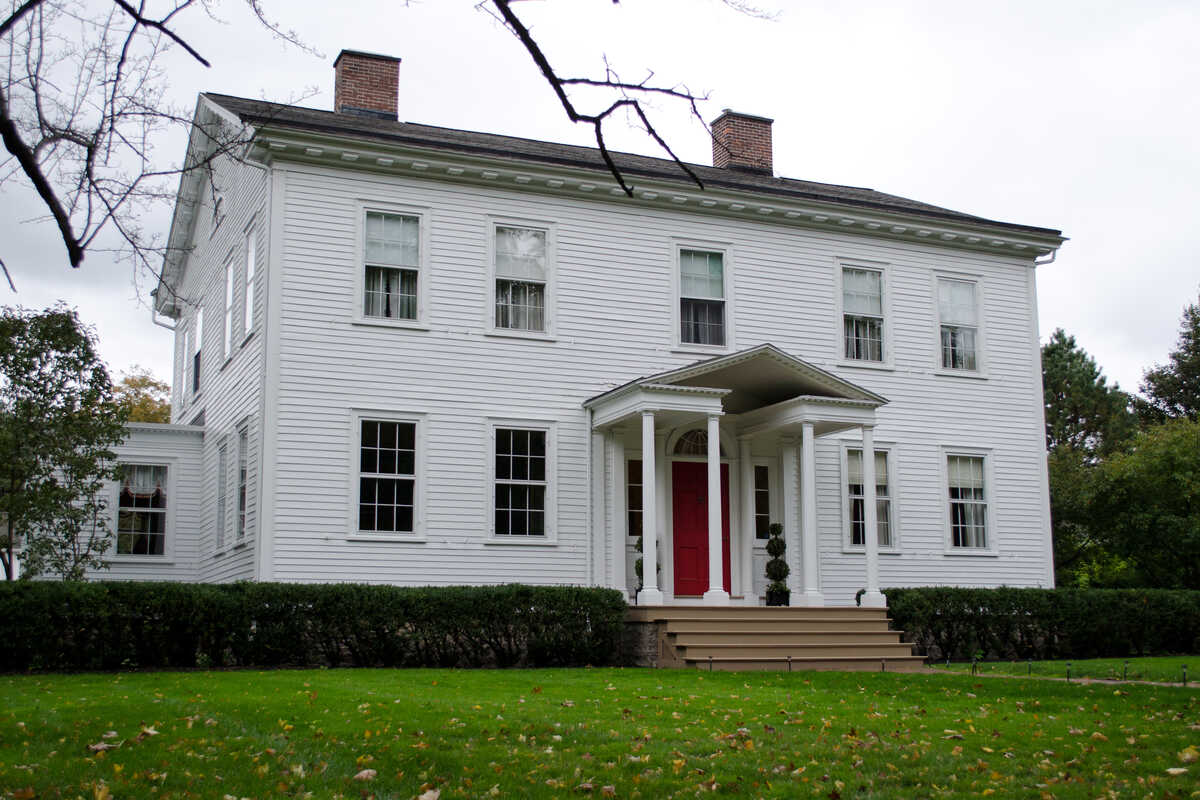
Spring in upstate New York is gorgeous in Rochester, but maintaining your lawn — getting to a perfect green carpet state — takes a lot of work. Here are the spring lawn care tips to help get your lawn looking great and staying healthy through summer and into fall.
It all starts with getting your mower ready for mowing season, as you’ll see below:
1. Prepare Your Lawn Mower
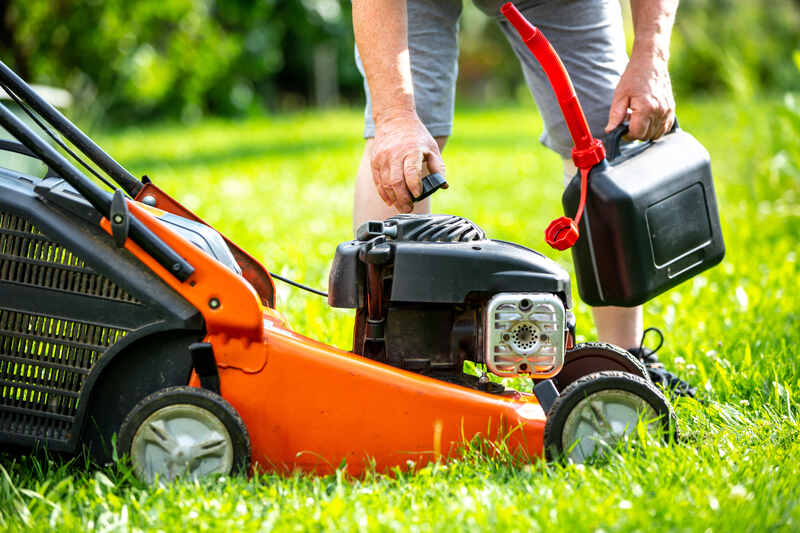
Lawn mower maintenance is an essential part of spring lawn care. Check your mower to see if the oil needs to be changed — which needs to be done every 20-50 hours of operation.
The blades on your mower need to be sharpened periodically, too. Your lawn will be bruised rather than trimmed if you mow with dull blades.
For more specific maintenance checks, you can either find a professional to tune up your mower or do it yourself. If you plan on doing it yourself, though, make sure your read our following guides:
See Related:
— DIY Lawn Mower Maintenance Guide
— How Often Should You Sharpen Mower Blades?
— How to Sharpen Lawn Mower Blades
2. Get Rid of Weeds
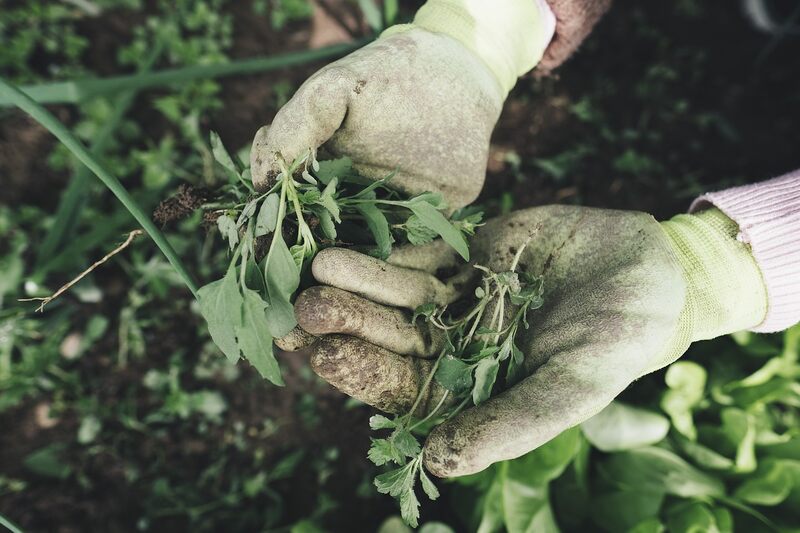
Weeds like crabgrass thrive during spring, so early in the season, apply pre-emergent herbicide. As “pre-emergent” indicates, this type of treatment helps control weeds before they spring up in your yard.
Later in the spring, you’ll want to apply post-emergent herbicide to tackle the weeds that made it through. You also can hand-pull weeds, but ensure you get the entire root system and dispose appropriately of it.
See Related:
— When and How to Use Pre-Emergent Herbicides
— Best Pre-Emergent Herbicides for Lawns
— Applying Post-Emergent Herbicides to Your Lawn
— Best Post-Emergent Herbicides
— Types of Post-Emergent Herbicides
3. Fertilize Your Lawn
Fertilizing is an essential part of keeping your Rochester lawn healthy and green.
Most lawns in the area are composed of Kentucky bluegrass, which typically requires 2 to 3 pounds of nitrogen and 1 to 3 pounds of potash per 1,000 square feet per year.
Lawns with fine and tall fescue need less nitrogen, usually 1 to 2 pounds per year.
It’s best to divide fertilizer application into two of three sessions throughout the year:
- If applying twice a year, fertilize in spring and early fall.
- If applying three times a year, fertilize in late spring, early fall, and late fall.
Pro Tip: For your spring application, use a slow-release fertilizer. This type of fertilizer provides a more uniform release of nitrogen, helping your lawn grow steadily and reducing the risk of over-fertilizing.
See Related:
— How and When to Fertilize Fescue
— How and When to Fertilize Kentucky Bluegrass
— Best Fertilizers for Grass
— How to Choose the Right Lawn Fertilizer
4. Aerate the Soil
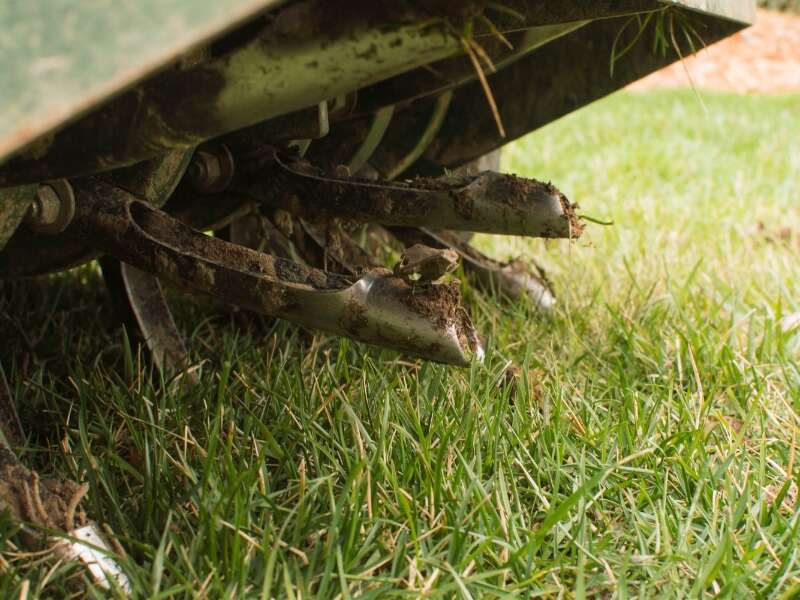
March and April are ideal months for lawn aeration. Core aeration involves using a machine to pull small plugs of soil out of your lawn. These perforations relieve compaction in the soil, allowing your grass roots to receive air, nutrients, and water.
Aerating will also prepare your soil for receiving grass seeds if you plan on fixing patchy spots.
See Related:
— What is Core Aeration?
— Liquid Aeration vs. Core Aeration: What’s the Difference?
— Core Aeration vs. Spike Aeration: What’s the Difference?
— How Much Does Lawn Aeration Cost?
5. Overseed Bare Patches
It’s not uncommon to overseed in spring to fill in patchy places in your lawn. If you see thin or bare areas, don’t hold back on adding more grass seeds or laying sod, especially if you’ve just aerated your lawn.
Just be careful not to step on the newly seeded spots until the grass is established, as foot-traffic can damage the newly sprouted seeds.
Note: Seeding your grass has better results when you do it in the fall. By spring, you should see new blades of grass appearing as the snow thaws.
See Related:
— When to Overseed in Spring
— Clear Signs You Need to Overseed Your Lawn
— How to Aerate and Overseed Your Lawn
6. Update Your Landscape
Planting new flowers and prepping your garden are fun springtime prep activities. Whether you’re decorating the front yard with hydrangeas and lilac tress (after all we are the Lilac City), or creating a salad garden in the back, you need to get started by spring.
To get started, grow flowers and vegetables indoors if you can. In fact, you might want to start some flowers and vegetables in the house. Rochester tends to receive its last snowfall in April, so don’t plant anything until May.
And for lilac trees? The best time to plant them is late fall or early spring (after the last frost).
Need help with your lawn care? Visit our Rochester lawn care page to get in touch with a professional. In addition to Rochester, we provide lawn care services to other New York cities, including Buffalo, Albany, and Syracuse.
Read More Next:
— Fall Lawn Care Tips for Rochester, NY
— Deer-Resistant Plants and Trees to Grow in Rochester
— The Worst Garden Pests in Rochester, NY
— Planting Zones of New York State
Main Image Credit: Tim Pierce / Wikimedia Commons / CC BY-SA 3.0

